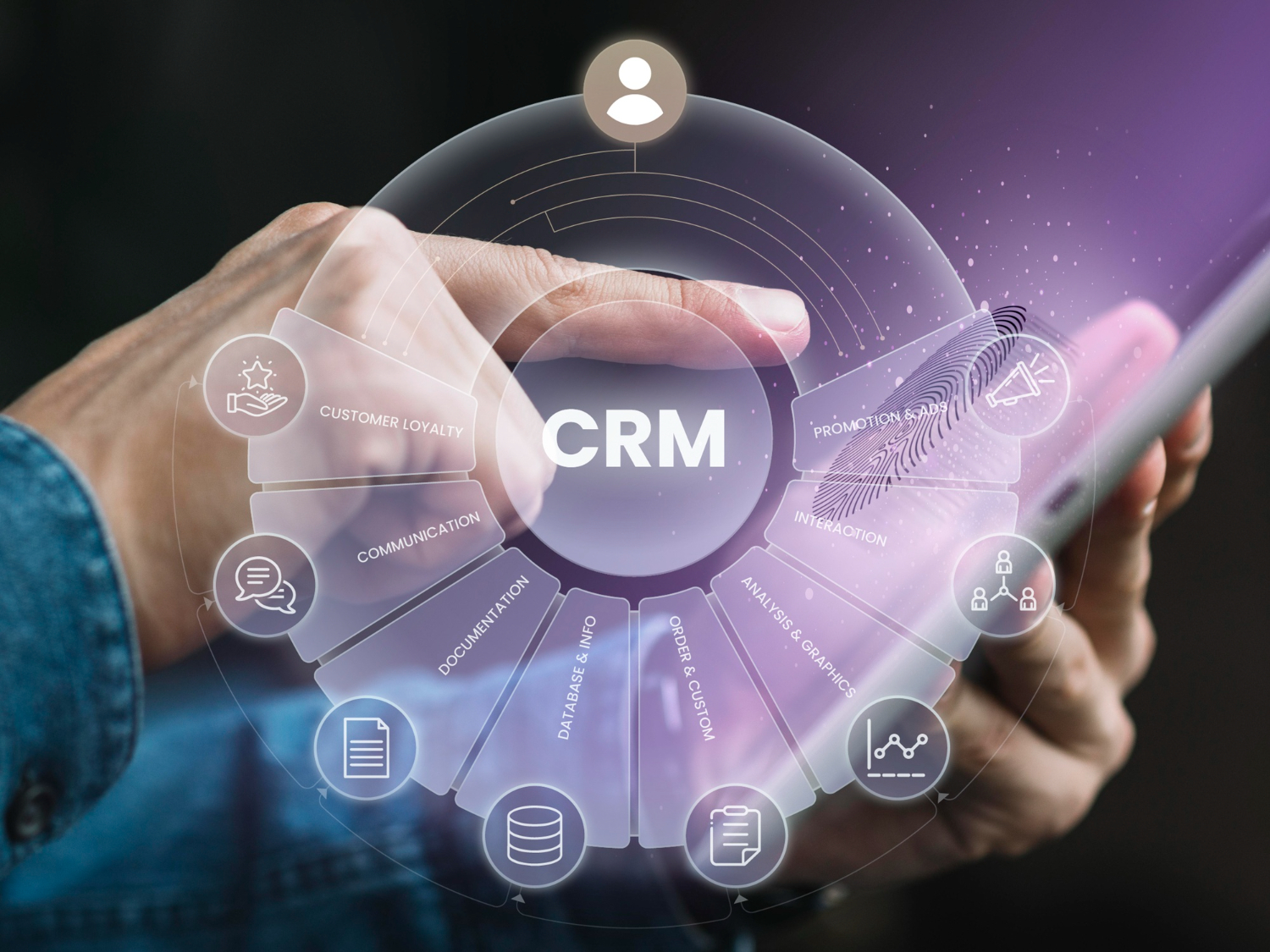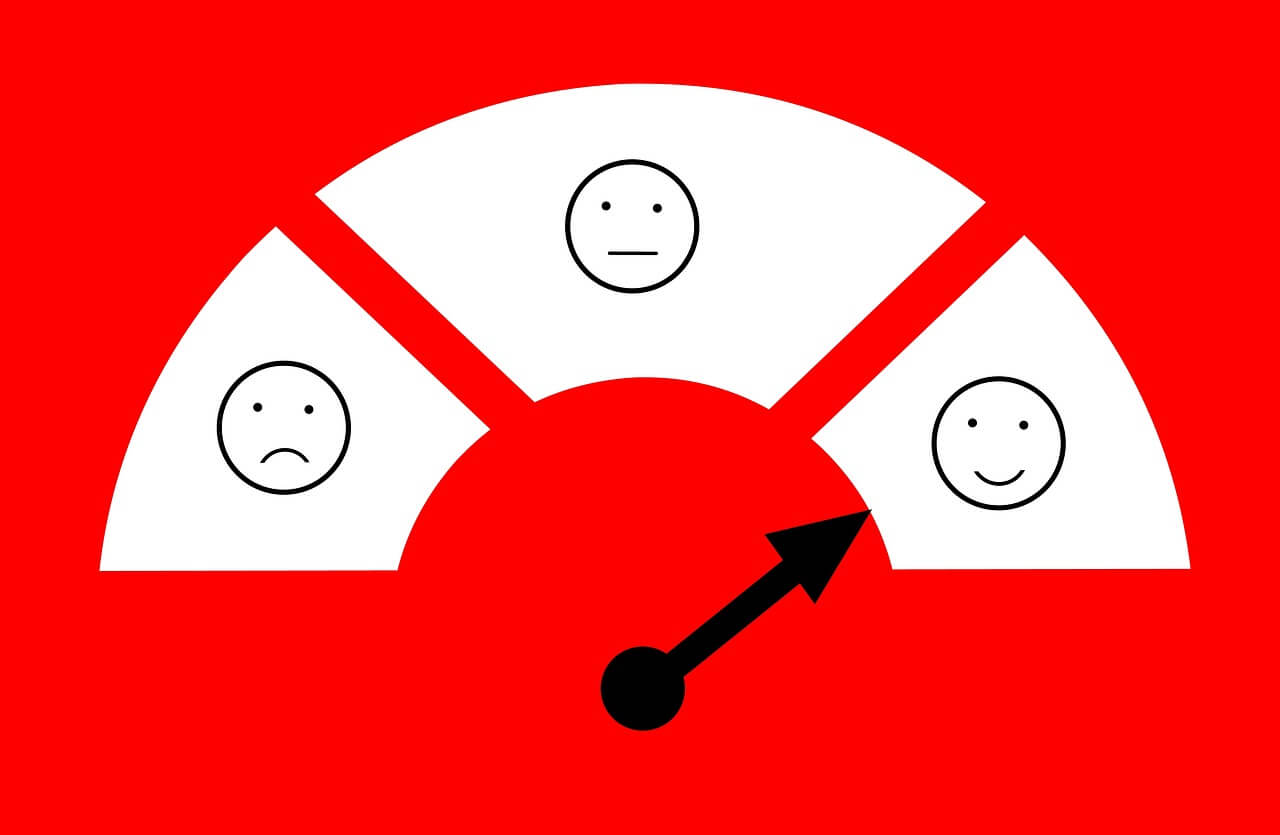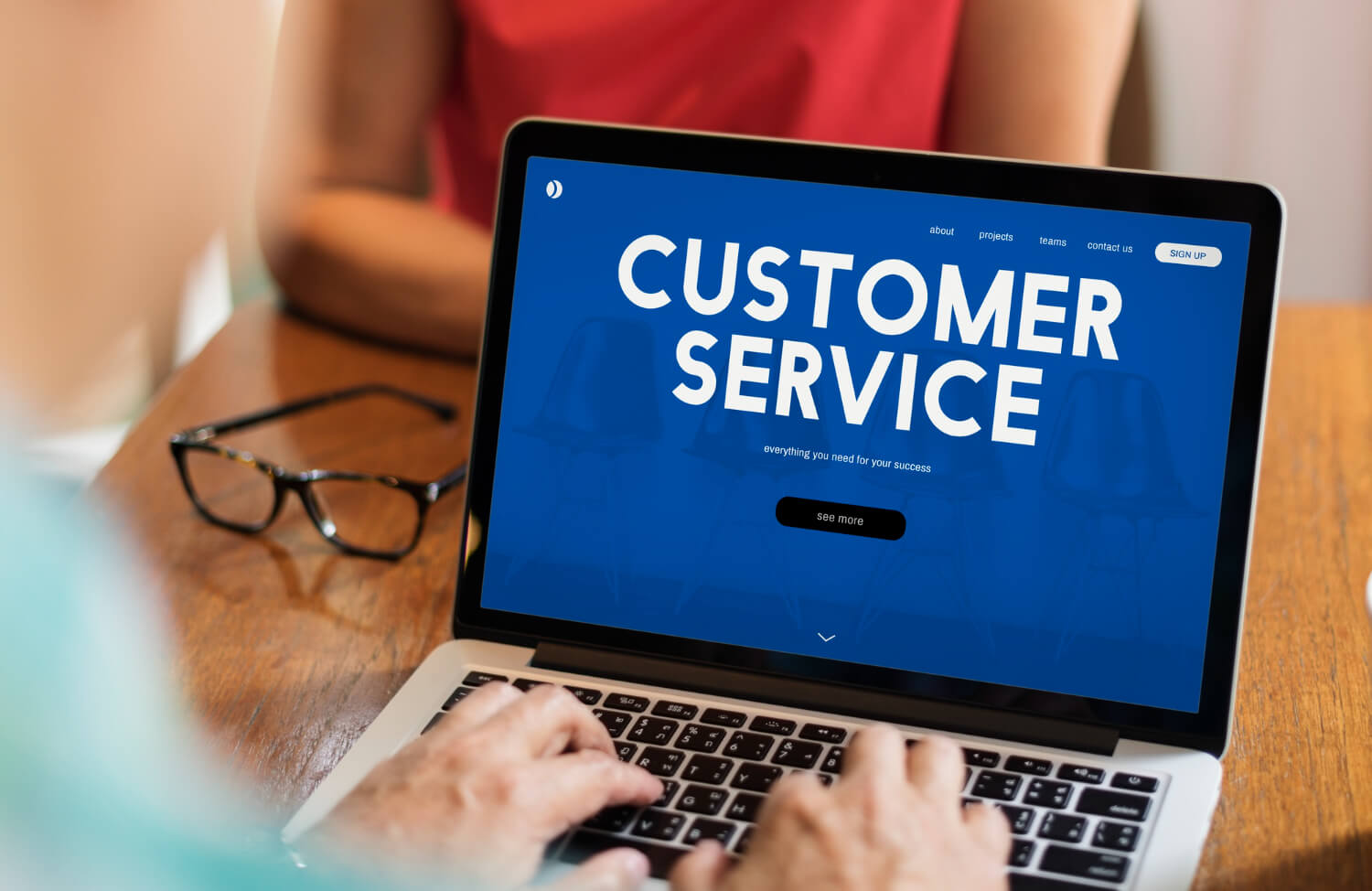We all know bad customer service when we see it. It makes us frustrated and angry. It’s been known to ruin days, weeks, months, years, holidays–even Christmas. I’ve got a story to illustrate what I mean. This story is true. I won’t use any names in order to protect the individuals involved. I will, however, …
Sales & Marketing/
Customer Relationship Management
Because it’s idiotic! Really, don’t make it worse than it already is. Customer service as we use to know it is getting to the point where we have to accept what we get, instead of a human-to-human exchange of what does us the best, and actually helps us. What’s idiotic? Making appointments for quality customer …
We all have different ways to train using customer service programs. Some would say some of us remain in the dark ages, but you also might argue that not all that’s old-fashioned is bad. We often buy things because they are antique or retro. It may make the untested or lightly tested technology of the …
One very quick and easy way to tap into the core of what your customers want is a free online customer satisfaction survey tool.
Brand loyalty is basically a scenario whereby a customer will always choose one brand over another – not because of price, not because of convenience but because of fostered loyalty to your brand.
When companies think they are smarter than their customers it’s time to time customers learned how not to play their game. That’s right, I said it. We need to train customers; they just aren’t savvy enough. Actually, we, customers, probably are, but we don’t have the time to fight the companies taking advantage of us. …
Today’s customers are emotional and want to blame someone. We may not be able to fix the problem ourselves, but we can help; the big problem is getting them to listen. We know what makes great customer service. We know what keeps customers coming back. Unfortunately, it’s not one thing that matters in a tough …






